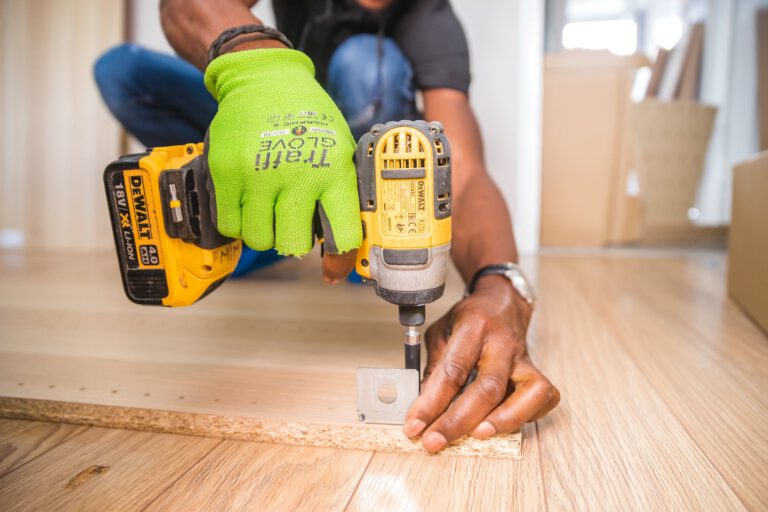What Homeowners Need to Know About Asbestos Testing
Asbestos is a naturally occurring mineral fibre that was widely used in construction materials in North America, such as vinyl floor tiles, pipe and foam insulation as well as drywall. These materials were used until the 1980s, when it was discovered that exposure to asbestos can cause serious health problems, including lung cancer, mesothelioma, and asbestosis.
Steps to Take if You Suspect Asbestos
If you suspect that your home contains asbestos, you will need to take precautions. Here are five steps to take, if you suspect asbestos-containing materials in your home:
- Do not touch or disturb any materials that you suspect may contain asbestos. This includes insulation, flooring, ceiling tiles, and other materials.
- Hire a professional asbestos inspector to test your home for the presence of asbestos. If asbestos is found, the inspector can tell you the type, location, and condition of the asbestos-containing materials.
- If the asbestos-containing materials are in good condition and not likely to be disturbed, it may be best to leave them in place and monitor them over time. However, if the materials are damaged or deteriorating, or you plan to renovate your home, it is important to have them removed by a licensed asbestos abatement contractor.
- If you do decide to have asbestos removed, make sure to hire a licensed and trained asbestos abatement contractor who follows all safety procedures and regulations. The contractor should also provide you with a written plan outlining the removal process, safety precautions, and disposal procedures.
- Finally, after the asbestos has been removed, have your home retested to ensure that all asbestos-containing materials have been properly removed.
Dealing with asbestos in your home is a serious matter that requires careful consideration and professional assistance.
For a comprehensive guide read the Lanier Law Firm’s guide on asbestos in the home.
Asbestos Testing
In Canada, asbestos testing can only be performed by a qualified professional who is trained in the safe handling and analysis of asbestos-containing materials.
To help, here are seven steps when testing for asbestos:
- Hire a qualified asbestos inspector or abatement contractor who is certified by the Canadian government to conduct asbestos testing.
- The inspector will assess the areas in your home where asbestos is likely to be found, such as flooring, ceiling tiles, insulation, and pipes.
- The inspector will collect samples of any suspected asbestos-containing materials using specialized equipment and procedures to minimize the risk of asbestos exposure.
- The samples will be sent to a laboratory accredited by the Canadian government to perform asbestos analysis.
- The laboratory will use specialized equipment and techniques to determine the type and concentration of asbestos fibres present in the samples.
- The inspector will review the laboratory results and provide you with a written report that outlines the location, type, and condition of any asbestos-containing materials found in your home.
- Based on the results of the testing, the inspector may recommend that the asbestos-containing materials be removed or left in place, depending on the level of risk they pose to your health.
If you suspect that your home contains asbestos, it’s important to seek professional advice. Do not attempt to test or remove the asbestos by yourself, without the help of a certified professional.







